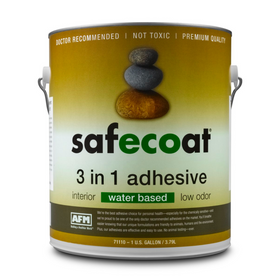- Home

According to Steve, “there is nothing necessarily more sustainable about prefab homes, except that they create much less construction waste. What makes our homes more sustainable is how we design homes and build them.”
Steve’s own home was the first-ever house that his design studio designed and built, and is an example of radical home sustainability. Built-in 2006, his house, known as the LivingHome RK1, was also the first home ever to be certified as LEED platinum.

The eleven module home encompasses 2,500 square feet, includes three bedrooms and two and a half baths, and is located in Santa Monica, California. Ray Kappe, the renowned architect who has been characterized as “the apotheosis of the California House” designed the home.
In terms of the construction process, everything from the foundation up was assembled on-site in only eight hours after the modules were built at the LivingHomes factory.
Energy Considerations of the LivingHomes RK1
The RK1 is moderately sized at around 2,500 square feet. It was designed as an urban infill strategy, but the design can also be modified for 5 bedrooms and 3.5 bath design. The modest size of the home, however, shouldn’t fool you as it packs in a ton of details to maximize the livability of the home.

In terms of sustainability, the RK1 was designed to drastically reduce energy and water use while also making efforts to protect healthy indoor air quality. The home also sought to reduce reliance on non-renewable resources for construction while also cutting back the carbon emissions associated with the home.
Steve’s home has as a solar photovoltaic system on the roof that produces anywhere between 50 to 70 percent of the total energy used by the home, depending on the time of year and the climate. Steve also mentions that “to reduce energy, our home also has extensive insulation and high-performance windows. We also have a super high-performance radiant heating system where the water is preheated by the sun.” The solar water radiant heating system also offers a sustainable source of hot water for the home.
LED lights and Energy Star appliances are also incorporated throughout the home to further reduce electricity demand and improve the energy performance of the home.
Tobias Roberts
Tobias runs an agroecology farm and a natural building collective in the mountains of El Salvador. He specializes in earthen construction methods and uses permaculture design methods to integrate structures into the sustainability of the landscape.














